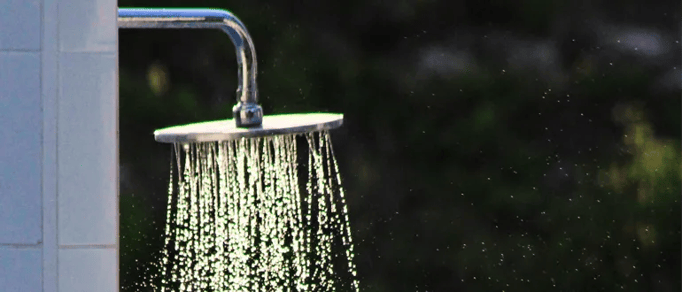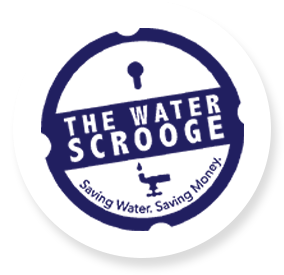3 min read
How Landlords Can Overcome the Costly Results of Bad Tenant Habits?
![]() David Schwartz
Nov 6, 2019 2:55:48 AM
David Schwartz
Nov 6, 2019 2:55:48 AM

Water is one of the highest utility costs landlords face, and it’s impossible to control this expense as no one can tell tenants what to do behind closed doors. So, as a landlord, it’s worth doing everything you can to keep your water bills manageable.
The last thing you need is water costing you even more due to bad tenant habits. These can add hundreds of dollars to your water bill each year.
Let’s take a look at some everyday tenant habits that could be costing you money and give you some ideas on how to control tenants’ water usage:
Taking Long Showers
It’s easy to lose track of time when taking a long hot shower. There’s a reason ‘shower thoughts’ exist, and I’m sure we’ve all had times we’ve been in the shower longer than expected.
Water prices across New York City are higher than the national average. It’s worth investing some time into finding out the water rates in your area. This will allow you to crunch the numbers and begin working out where you can save money.
If you want a more accurate idea of how much each shower is costing you, the good folks over at Omni have created a handy calculator where you can this out.
Consider offering tenants a reward for lowering their water usage (but not a reward that is so big that it digs into your profits, of course.)
Turning on the Shower Before You Get In
We all know those East Coast winters can feel like they’re never going to end, so it’s natural to let the water run until it gets hot.
Some tenants may have more complex pre-shower routines, which can add to the length of time that water is running for. You may not be able to stop tenants’ superstitious pre-shower rituals, but you can consider installing a low-flow showerhead to limit water flow.
Low-flow showerheads deliver between 1.6-2.5 gallons per minute, compared to a standard showerhead that delivers between 5 and 8 gallons per minute, so a considerable amount of water can be saved with a low-flow showerhead.
However, this is not usually the best solution (and could be a huge waste of resources for you to install), bringing us to the next point below…
Tampering with Shower Heads
You may have already gone to lengths to switch your showerheads to low-flow alternatives. Some tenants will simply go ahead and replace them with a standard showerhead so that they can enjoy high-pressures showers again.
This can be frustrating, especially if you’ve spent a good amount of money investing in new showerheads.
Not Notifying Landlords When There Is A Leak
Sometimes tenants can be reluctant to notify landlords when they notice a leak. A leaky shower or toilet can add hundreds of dollars a year to your bills, so you must get a leak fixed as possible.
According to the Environmental Protection Agency, a shower that drips 10 times a minute wastes 500 gallons of water per year. A leaky faucet dripping at the rate of one drip per second can waste more than 3,000 gallons of water per year.
Losing water means your losing money and getting a leak fixed is a sure way to stop a tenant from wasting water. You can also inform your tenants to make sure they let you know in the future if they notice any kind of leak.
Overflushing Toilets
By law, toilets that are sold and manufactured in the US are allowed to use a maximum of 1.6 gallons of water per flush. The cost of each flush can vary depending on location, but the average cost is 1.3 cents per flush.
This doesn’t sound like much on the surface, but these costs can add up. Of course, everyone should flush after they’ve finished doing their business, but costs can add up if tenants are flushing things down the toilet that could be put in the garbage, or flushing more than they need to.
Older toilets use more water per flush than newer toilets, and depending on the manufacture date of a toilet, each one can use anywhere between 8 to 1.28 gallons per flush. All toilets made after 1994 use less than 1.6 gallons per flush. So, consider buying new toilets to save on costs.
What Are the Solutions To High Costs?
If you’ve noticed your water costs are higher than normal, then solutions are at hand to help you reduce your water bills. Here at The Water Scrooge, we offer patented shower controllers and faucet aerators that cannot be tampered with, giving you control over the water flow of your building’s showers.
If you notice a leak, but you're not sure where it's coming from, then The Water Scrooge's water watch device can be installed on water fixtures and water risers, and it will help you detect where a leak is coming from. Stop flushing money down the drain and let The Water Scrooge help you get control of your water bills.

